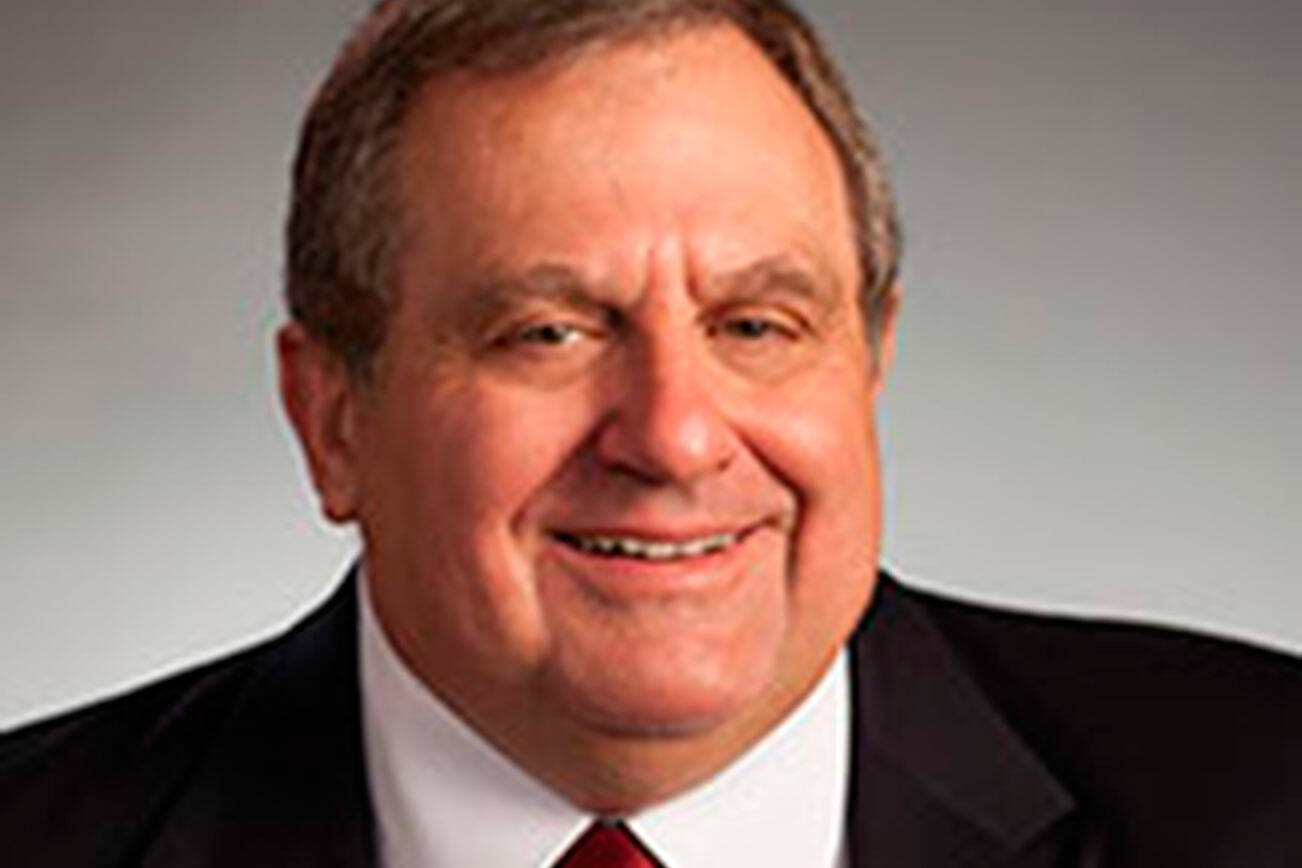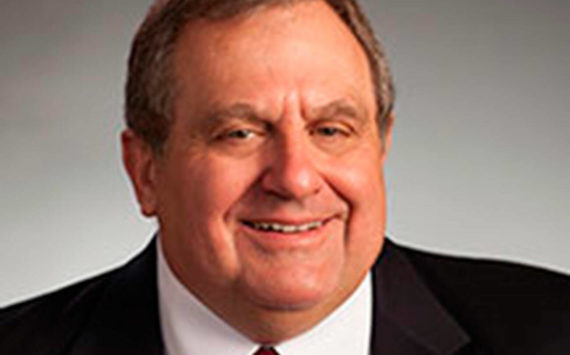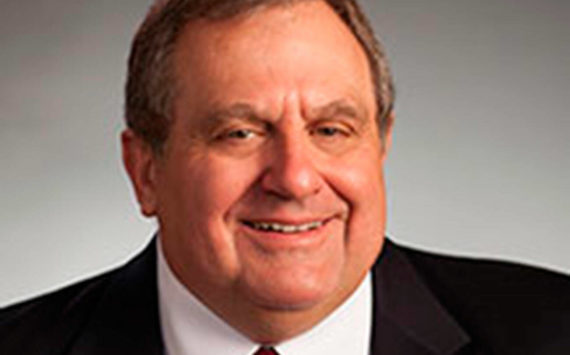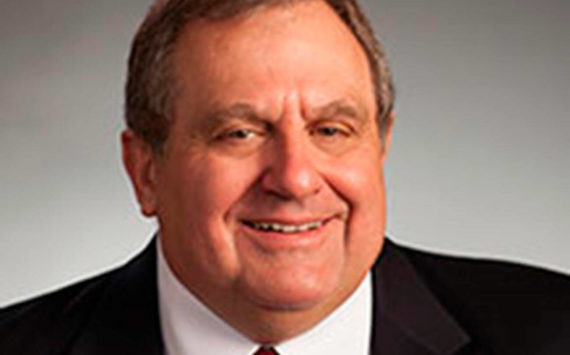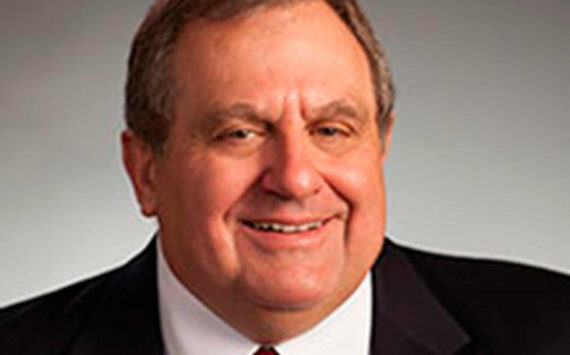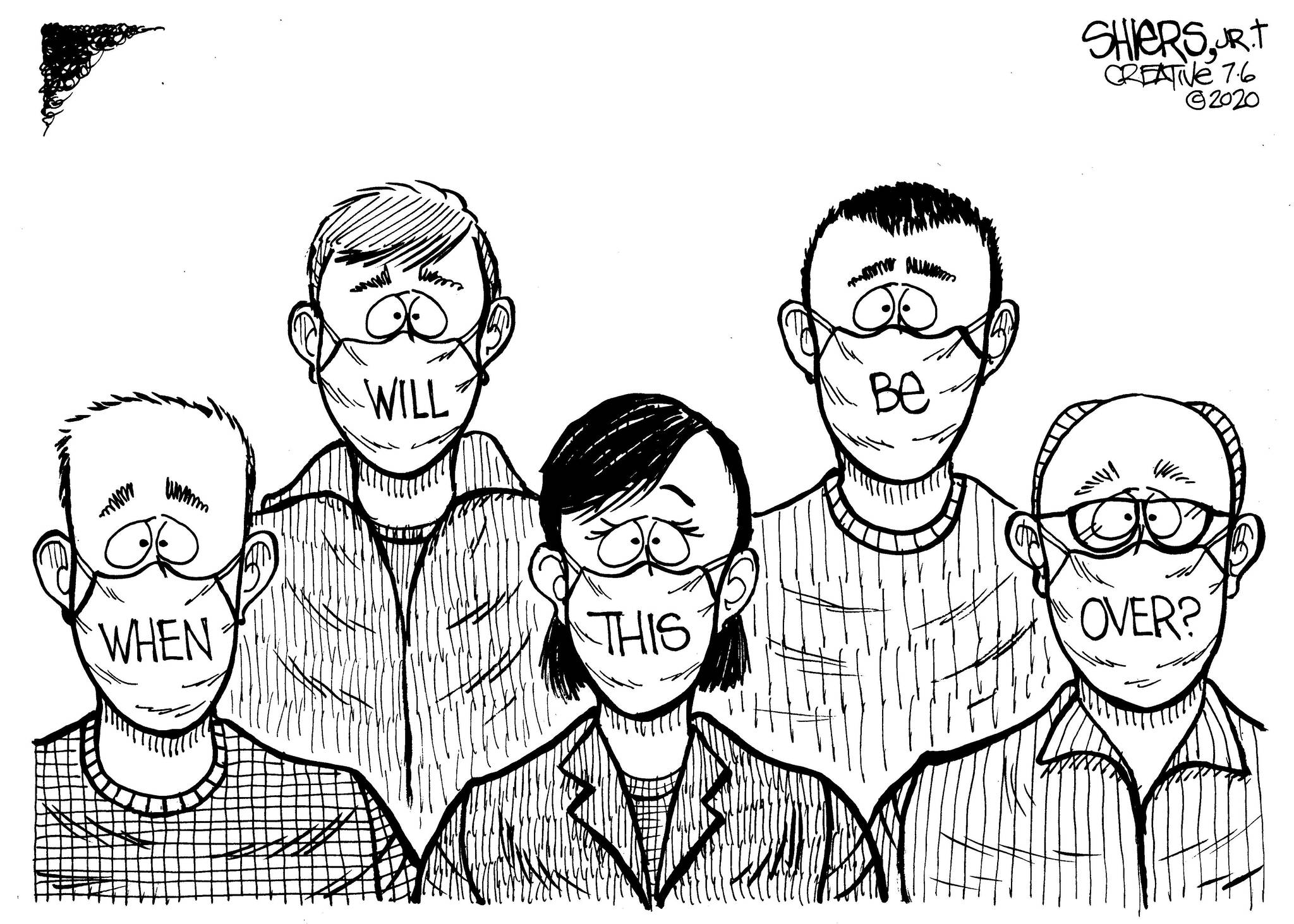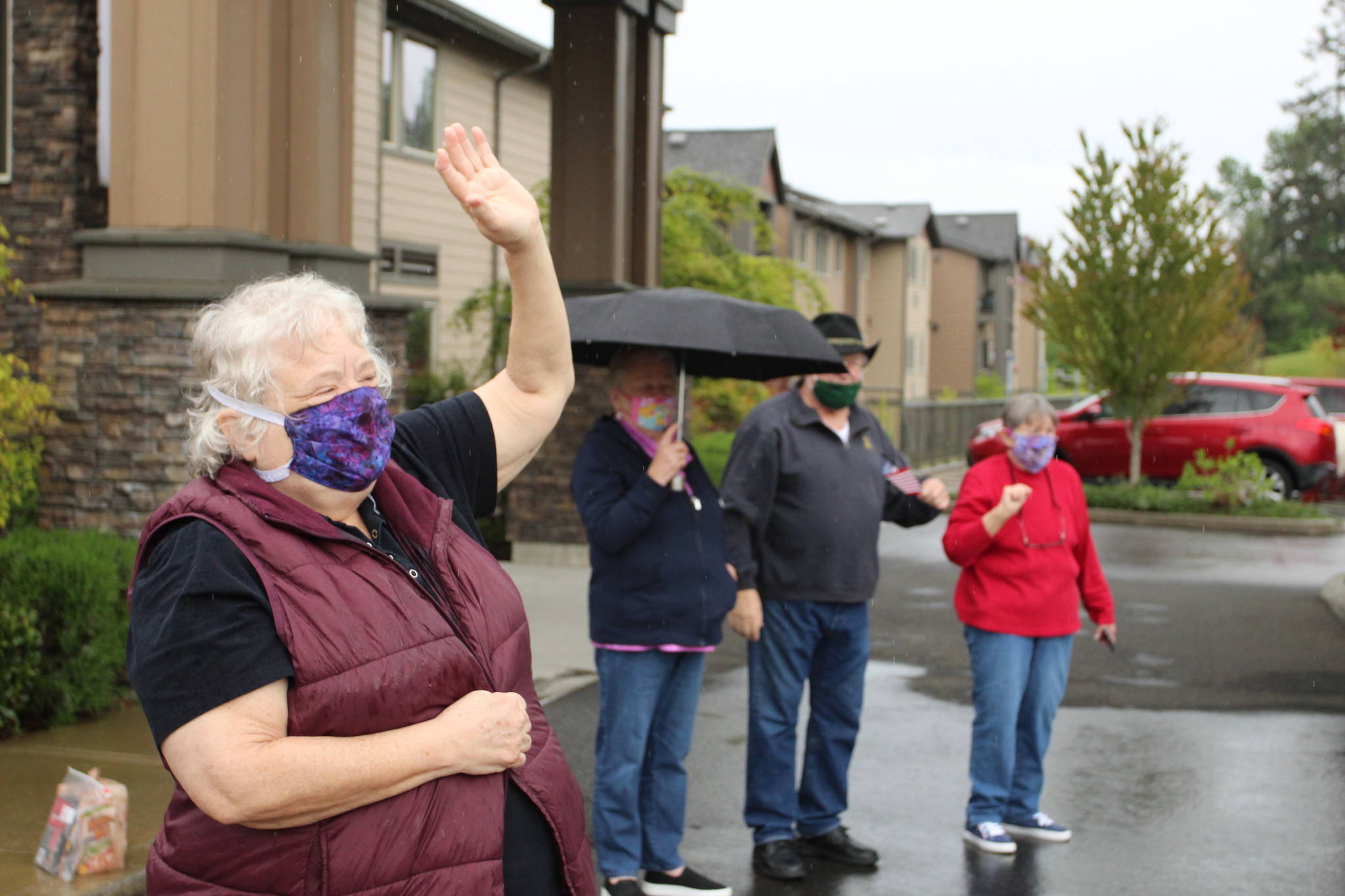If you live in Spokane, you know about its waste-to-energy facility, which burns up to 800 tons of solid waste a day and can generate 22 megawatts of electricity — enough to power 13,000 homes.
It is part of Spokane’s overall system that encourages recycling and waste reduction along with generating power.
But what about the landfills spewing greenhouse gases from rotting trash?
Earlier this year, Washington lawmakers approved legislation requiring large garbage dumps to capture methane gas, thereby preventing its escape into the atmosphere. It says owners of landfills with 450,000 tons or more of waste — or landfills that generate methane equivalent to three million British thermal units of heat per hour — have to install and operate gas collection and control systems.
Washington has 24 landfills that store more than 450,000 tons refuse, according to the Washington State Department of Ecology. And it has at least a couple dozen — mostly closed — that store less than 450,000 tons.
Greenhouse gases (GHG) from Washington’s landfills average approximately 50 percent methane and 45 percent carbon dioxide. They make up about 3 percent of the state’s greenhouse gas emissions — roughly equal to the yearly emissions from 320,000 cars, according to a 2021 Department of Ecology report.
Nationally, methane accounted for 10 percent of the country’s greenhouse gas emissions in 2019, according to the Environmental Protection Agency (EPA).
EPA figures landfills account for 17 percent of the nation’s emitted methane, behind fossil fuel production (30 percent) and livestock-related emissions (27 percent).
Although methane, often overshadowed by CO2 in the climate debate, is shorter lived, it is much more potent. Because human-related methane emissions in the United States accounted for approximately 15 percent of the air pollution last year, it needs added attention.
EPA has a landfill methane outreach website, part of which encourages actions to control methane emissions from landfills. In 2020, landfill gas emissions were equivalent to 20.3 million passenger vehicles driven for one year, or the CO2 emissions from nearly 11.9 million homes’ energy use for one year.
EPA adds: At the same time, methane emissions from municipal landfills represent a lost opportunity to capture and use a significant energy resource.
As part of a new green energy project, the Klickitat County Public Utility District (PUD) and the landfill’s owner, Republic Services, are purifying the landfill methane from the Roosevelt Regional Landfill as renewable natural gas and feeding it into Williams’ Northwest Pipeline in southern Washington.
Trains from across Washington deliver 300 containers of trash and garbage daily to the 2,500-acre site, which is located 75 miles southwest of Richland. Current Roosevelt methane production generates 20 megawatts of electrical power, enough for 20,000 homes. The owners are hopeful they can boost generation to 36 megawatts and power roughly 30,000 homes.
In past landfill capping, methane was contained on site. For example, at the Midway (Kent) and Hawks Prairie (Lacey) landfills along Interstate 5, pipes were drilled into the dump, then methane was collected and flared off.
Mother Earth News reported new technology to boost gas recovery.
“The gases can be vacuumed from underneath a landfill and cleaned, leaving pure methane to fuel an engine that converts the energy into usable electricity. With this science, waste centers are capturing and converting the gas into natural gas, reducing the smell, the threat of explosion, the damage to the ozone, and the possibility of smog formation.”
Hopefully, our elected officials also will look at landfill gas as an energy source. That means they will need to accept methane — the key component of liquified natural gas (LNG) — as a source for heating, cooking and transportation, and include it as part of our future energy portfolio.
Don C. Brunell is a business analyst, writer and columnist. He is a former president of the Association of Washington Business, the state’s oldest and largest business organization, and lives in Vancouver. Contact thebrunells@msn.com.
